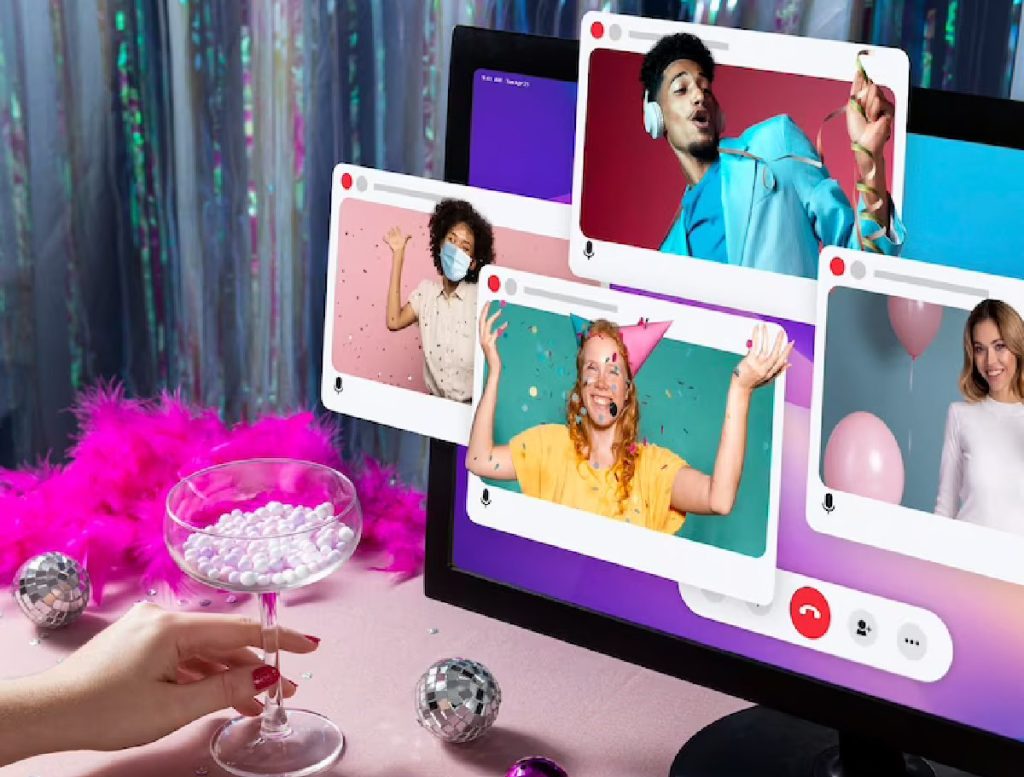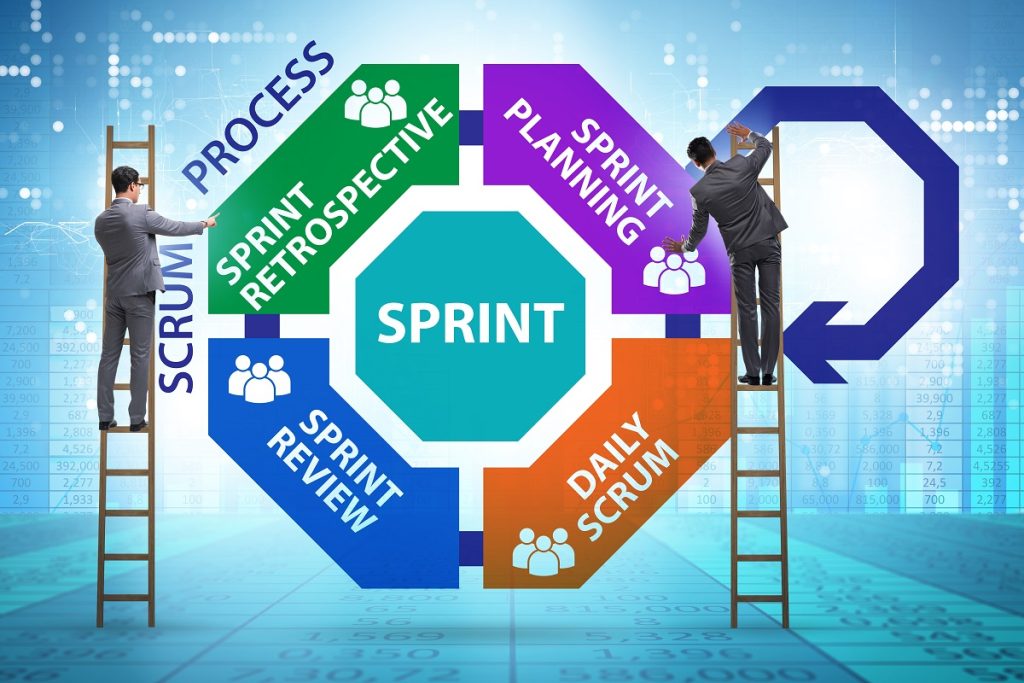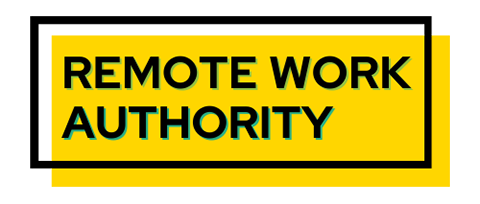A remote retrospective is like the armchair quarterbacking of business, where team members look at past events, meetings, and processes to determine what went well and what could be improved next time. It is part of the continuous improvement process and a way of using agile retrospective (or “sprint retrospective) relevant for remote teams.
With remote work becoming more prevalent in today’s job market, keeping team members engaged and connected is challenging. Holding regular retro retrospective looks back helps remote teams reflect on their progress, identify areas for improvement, and celebrate successes.
Just like football teams watch game films and fans armchair quarterback game plays, work teams need to look at their past performance so as to improve in the weeks and months ahead.
However, holding the same type of review week after week becomes tedious and unproductive. That’s where retro (retrospective) ideas come in – these creative and engaging activities spice up your team’s retrospectives and bring a sense of fun to the virtual workplace.
Table of Contents
What Is a Remote Retrospective?
A remote retrospective is a meeting remote teams hold to reflect on a specific period or project. During this meeting, team members discuss what went well, what didn’t, and what could be improved. The goal of a remote retrospective is to learn from past experiences and apply those lessons to future work. You can hold remote retrospectives using various online tools and platforms to ensure that team members can participate from anywhere in the world.

What Is The Value Of Them?
The value of a remote retrospective lies in its ability to promote teamwork, collaboration, and continuous improvement. By reflecting on past experiences, remote teams identify patterns and trends in their work, which help them make better decisions going forward. Remote retrospectives also foster a culture of transparency and open communication, where team members share their thoughts and ideas freely. Finally, by holding remote retrospectives, teams establish a regular cadence for feedback and reflection, which boosts morale and productivity.
How Do You Run A Remote Retrospective?
To run a remote retrospective, set clear objectives and invite all team members to participate. Use a video conferencing tool to facilitate discussion and ensure everyone can share their thoughts. Utilize an online collaboration platform to document feedback, track action items, and monitor progress. Finally, follow up after the retrospective to ensure the issues identified are being addressed.
What Are The Major Challenges Of Remote Retrospectives?
The major challenges of remote retrospectives are insuring that communication, engagement, participation, and follow-up takes place as planned. With team members located in different time zones, finding a time that works for everyone is difficult. Virtual communication can also lead to misunderstandings, making it crucial to establish clear communication channels. Engaging team members and ensuring active participation is challenging, especially when distractions occur at home. Finally, follow-up is essential to ensure that identified issues are addressed and progress is made.
What Are The Benefits Of A Remote Retrospective?
The benefits of a remote retrospective include improved teamwork and collaboration, increased transparency, enhanced communication, and continuous improvement. By reflecting on past experiences, remote teams identify areas for improvement and adjust their approach accordingly. This leads to better decision-making, increased productivity, and higher-quality work.
Remote retrospectives also allow team members to share their thoughts and ideas, fostering a culture of open communication and transparency. Additionally, remote retrospectives build trust and strengthen relationships among team members, even when they are working from different locations.
How Can I Make My Retrospective More Interesting And More Engaging?
There are several ways to make your retrospective more interesting and engaging:
- Change up the format using activities like “Start, Stop, Continue,” “Mad, Sad, Glad,” or “4Ls” (Liked, Learned, Lacked, Longed for) to keep things fresh and engaging.
- Use online whiteboards, sticky notes, or other visual aids to make the retrospective more interactive and engaging.
- Start with an icebreaker or game to set a positive tone and energize participants. Some suitable examples could be “Two Truths And A Lie,” “Emoji Feedback,” and “Pictionary.”
- Create a safe space so team members feel comfortable sharing their thoughts and ideas. Encourage everyone to participate, and listen actively to what others say.
- Ensure you identify actionable items and follow up on them after the retrospective to ensure progress.
- Take time to celebrate successes and acknowledge team members’ contributions. This boosts morale and encourages continued engagement.

Make It Fun!
From using fun retro games to innovative retrospective formats, there are endless possibilities for keeping the team motivated and energized during the remote retrospective. Collaboration tools like Jira, Trello, and Miro make the remote retrospective more interactive, allowing the team to collaborate effectively, regardless of location.
In-person retrospectives can also be fun and engaging. Still, with remote work becoming more prevalent, it’s essential to adapt to the new way of working and embrace the advantages of remote retrospectives. The scrum retrospective is an integral part of the agile methodology, allowing the team to reflect on the previous sprint, identify areas for improvement, and make changes to the way of working.
By incorporating fun retro games and using a fun way of conducting the retrospective, the team can come together, work collaboratively, and build a sense of camaraderie. Ultimately, the remote retrospective allows the team to learn from the past, plan for the future, and continuously improve their workflow.
What Are Some Remote Retrospective Exercises?
Here are some remote retrospective exercises:
- Start, Stop, Continue: Ask team members to reflect on what the team should start doing, stop doing, and continue doing. This identifies what’s working well and what needs improvement.
- The Four Ls: Ask team members to reflect on what they liked, learned, lacked, and longed for during the project or sprint. These comments will provide insight into areas for improvement and opportunities for growth.
- Mad, Sad, Glad: Ask team members to reflect on what made them mad, sad, or glad during the project or sprint. Highlighting these areas of frustration or satisfaction allows you to improve your future presentations.
- Kudos Box: Create a “kudos box” where team members leave positive feedback and acknowledge each other’s contributions. This builds morale and reinforces positive behaviors.

What Are The Three Retrospective Questions?
The three retrospective questions are:
- What went well?
- What didn’t go well?
- What can we improve?
These questions are used to reflect on past experiences, identify areas for improvement, and create action items to address them. The first question allows the team to celebrate successes and build on what worked well. The second question helps identify challenges and areas for improvement. The third question helps the group brainstorm ideas for improvement and develop action items to address them.
What Are Some Tips For Running Retrospectives Over Video Chat?
Here are some tips for running retrospectives over video chat:
- Use a reliable video conferencing tool that everyone can access, and test it before the retrospective.
- Encourage participation by setting clear expectations and creating a safe, inclusive space.
- Use visual aids such as online whiteboards or sticky notes to make the retrospective more engaging and interactive.
- Be mindful of time zones and schedule the retrospective at a time that works for everyone.
Some Further Information And Advice About Remote Retrospectives
In conclusion, remote retrospectives are an essential aspect of agile and scrum methodologies for improving team collaboration, enhancing communication, and identifying how you can improve workflow. By using online retrospective tools like Miro, Trello, and Zoom, agile teams can run their retrospective meeting effectively even when working remotely.
Using a retrospective template, scrum teams efficiently analyze metrics from the previous sprint and identify areas that need improvement in their way of working. The retrospective facilitator and scrum master play a crucial role in creating a safe space for team building, encouraging participation, and promoting psychological safety.

You can incorporate fun retrospective games like the sailboat, check-in, and post-it note exercises to keep things interesting. The retrospective should be time-boxed so the team has enough time to discuss the last sprint and develop action items for the next retrospective and the next sprint.
The retrospective is an excellent opportunity for product owners, stakeholders, and the agile coach to participate and provide feedback on the project management and workflow. Overall, the remote retrospective is an effective way to improve the iteration process and ensure that the scrum team continuously improves its way of working, even remotely.
In conclusion, whether it’s your first time running a remote retrospective or you’re an experienced scrum master, many retrospective ideas and collaboration tools make your retrospective meetings engaging, insightful, and productive.


